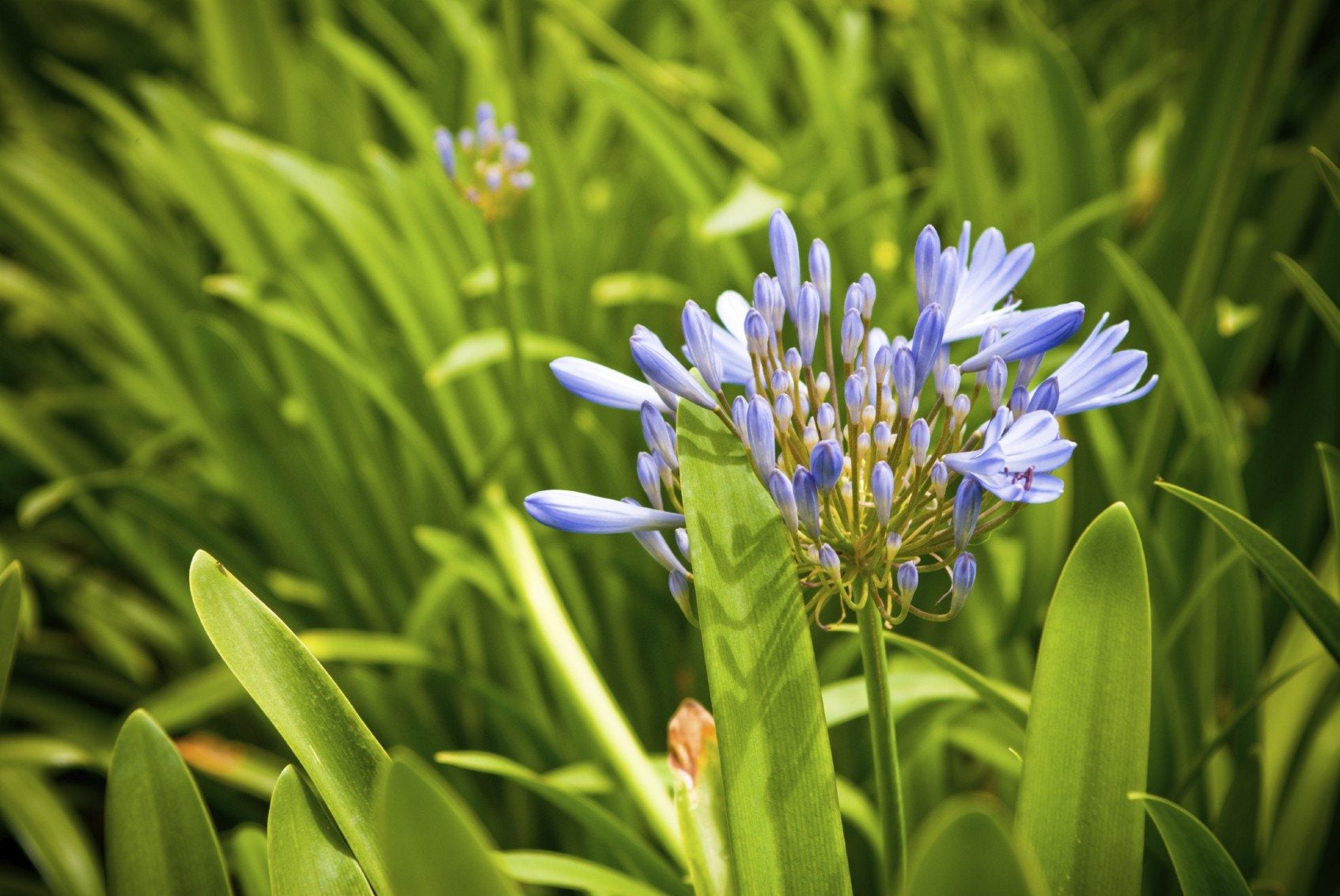Non-Blooming Agapanthus Plants – Reasons For Agapanthus Not Flowering


Agapanthus plants are hardy and easy to get along with, so you are understandably frustrated when your agapanthus does not bloom. If you have non-blooming agapanthus plants or you’re trying to determine the reasons for an agapanthus not flowering, help is on the way.
Why is My Agapanthus Not Blooming?
Dealing with non-blooming agapanthus plants can be frustrating. That said, knowing the common reasons for this can help ease your frustration and make for better blooms in the future. Timing – There’s a possibility that you’re simply being impatient. Agapanthus often doesn’t bloom the first year. Growing conditions – If your agapanthus doesn’t bloom, it may be craving sunlight, as agapanthus needs at least six hours per day. The only exception is a very hot climate, where the plant may benefit from shade during the peak of the afternoon. Otherwise, if your plant is in full or partial shade, move it to a sunnier location. A sheltered spot is best. Be sure the soil drains well, or the plant may rot. Dividing agapanthus – Agapanthus is happy when its roots are somewhat crowded, so don’t divide the plant until it outgrows its boundaries or becomes too crowded in its pot. Dividing the plant too early can delay blooming by two or three years. As a general rule, a young agapanthus shouldn’t be divided for at least four or five years. Watering – Agapanthus is a robust plant that doesn’t need a lot of water after the first growing season. However, it’s important to ensure the plant has adequate moisture, especially during hot, dry weather. The best way to determine if the plant is thirsty is to feel the soil. If the top 3 inches (7.62 cm.) are dry, water the plant deeply. During the winter months, water only enough to keep the foliage from wilting.
How to Make an Agapanthus Bloom
A non-blooming agapanthus plant may need fertilizer – but not too much. Try feeding the plant twice monthly during springtime, using a water-soluble fertilizer for blooming plants, and then cut back to once monthly when the plant begins to bloom. Stop fertilizing when the plant stops blooming, usually in early autumn. If you’ve tried everything and your agapanthus still refuses to flower, a change of scenery may be just the ticket. If the plant is in the ground, dig it up and replant it in a pot. If the agapanthus is in a pot, move it to a sunny spot in the garden. It’s worth a try!
Sign up for the Gardening Know How newsletter today and receive a free copy of our e-book "How to Grow Delicious Tomatoes".

A Credentialed Garden Writer, Mary H. Dyer was with Gardening Know How in the very beginning, publishing articles as early as 2007.